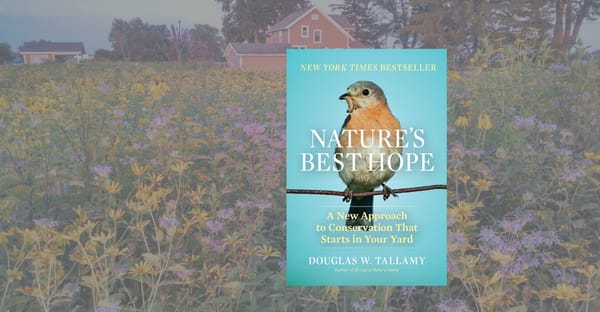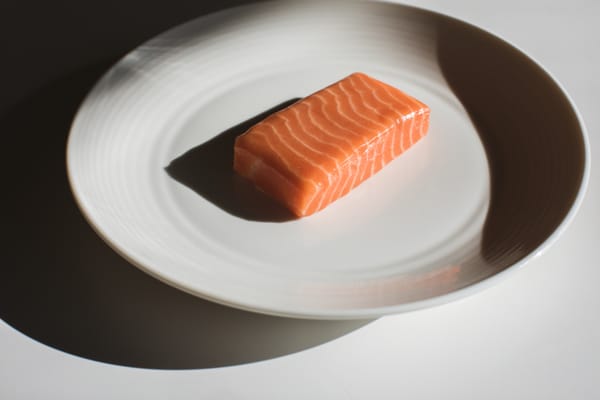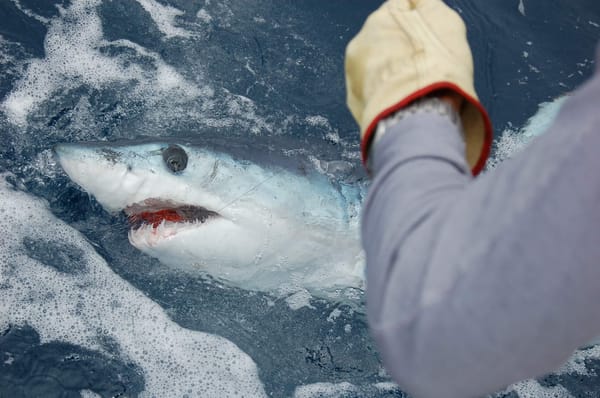What is fly fishing? Why do we fish? A very short introduction
For as long as humans have lived near rivers and oceans, we’ve fished. And I’d argue that fly fishing is the closest to how our ancestors did it.
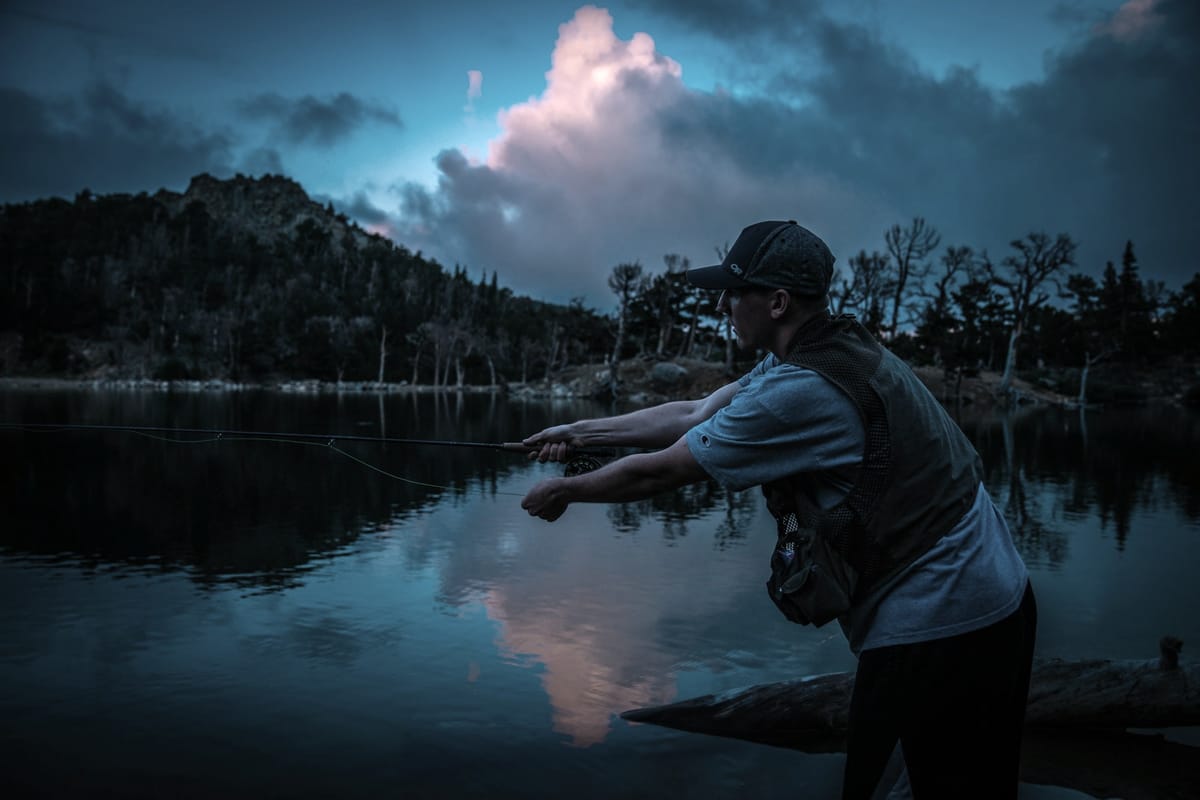

For as long as humans have lived near rivers and oceans, we’ve fished. I think fly fishing is the closest to how our ancestors did it.
Here's a nickel tour around the breadth of the pursuit, including all the rabbit holes fly fishing can offer the curious.
This article is part of the Mindset pillar of Current Flow State's Learn to Fly Fish library. To support this work, and access exclusive perks, consider becoming a member.
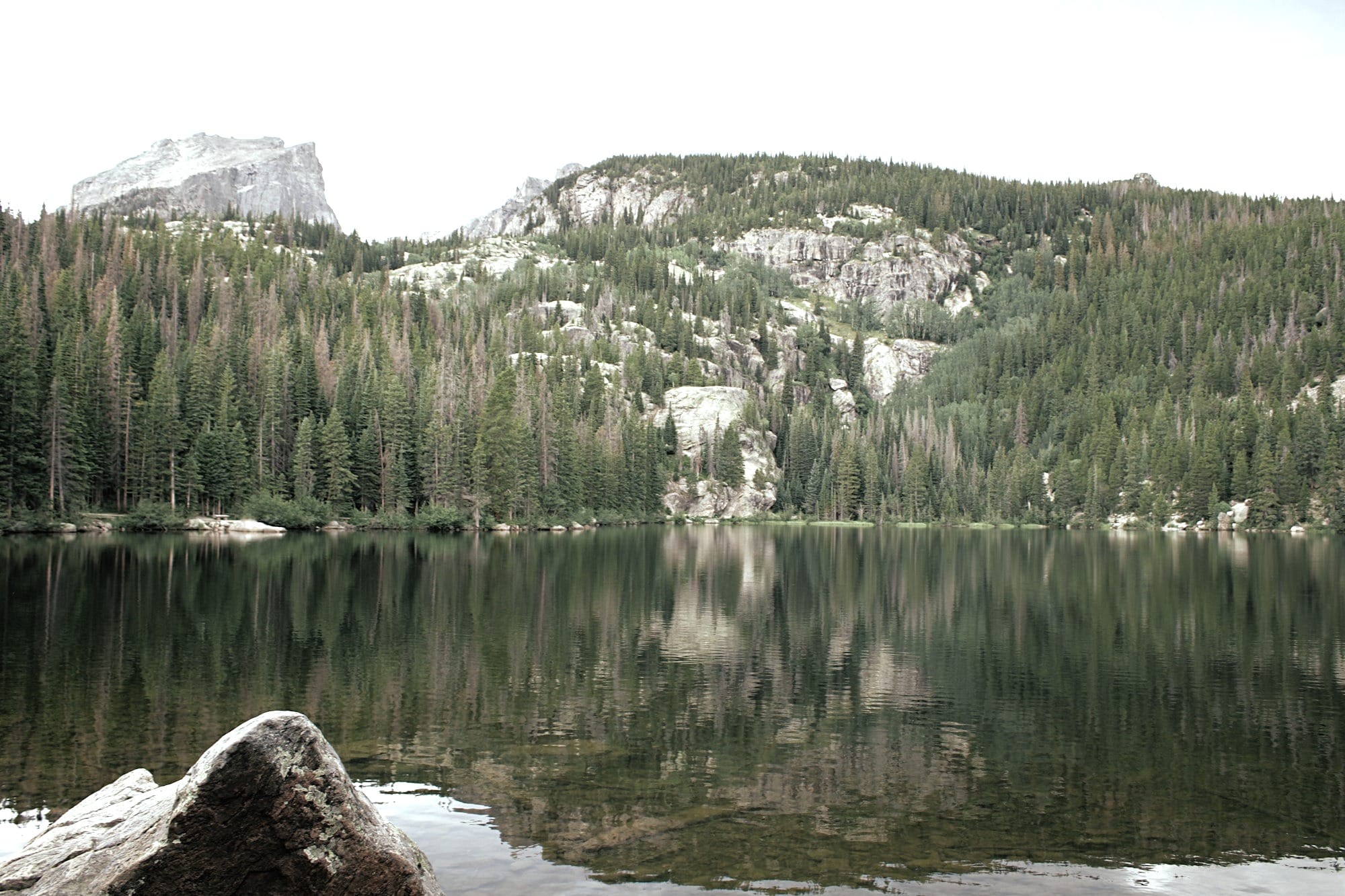
Inside this entry
Fly fishing defined
A formal definition of fly fishing might go like:A style of fishing wherein the weight of the line propels an imitation of an insect as a lure.
And that wouldn’t be wrong. It wouldn’t account for everything. But it’s a good start.
Comparing angling styles: gear and fly
Here’s another unscientific comparison:
| Gear | Fly | |
|---|---|---|
| Rod | Short and stiff | Long and flexible |
| Line | Straight | Different dimensions |
| Casting power | The weight of the lure | The weight of the line |
| Live bait? | Sometimes | Never |
| Casting style | Low-key | Look-at-me |
| Stereotype | Common | Snobby |
Let’s add another dimension:
What fly anglers do differently
We make fake bugs, from fur and feathers and thread and hooks. Some fake bugs—we call them flies—are so tiny you could fit three of them on a dime without touching each other.
We then tie those flies to lengths of line—that start as small as the thickness of a human hair and work their way thicker and thicker—together until they get to a plastic fly line.
Then we us our long, flexible rods to lift the bugs off the water and set them down in a place where we’ve seen fish feeding, or we think they’ll be likely to eat. And we try to keep hold of them when the hook sets in their mouth.
But here’s the thing: in the many years humans have fished, fly fishing is the norm, not the anomaly.
Humans have been documented fishing this way for a very, very long time—thousands of years. Other than how the equipment is made, there’s very little that’s different now than depictions of angling in the Roman empire.
This article is part of the Mindset pillar of Current Flow State's Learning fly-fishing library. To support this work, consider becoming a member.
Why do we fish?
Many men go fishing all of their lives without knowing that it is not fish they are after. - Henry David Thoreau
Spoiler alert: It's not always about catching fish. When you start out, you want to catch fish. That's great.
As you progress, you realize it's not everything. To me, fly fishing is a doorway to explore the things we're most curious about in life, through this corridor of water, and being wild and free in the outdoors.
Fly fishing is a passion of relationships.
Fly fishing can transcend angling to become a doorway to explore the things we’re most curious about in life.
What are you already passionate about?
How might fly fishing enhance that?
Where might your journey lead you?
The many facets of fly fishing
There are dozens of sub-hobbies that go along with fly fishing. It's a very broad range of interests that seem to coalesce around this one big tent. And there are a lot of other parts to it that people get into.
Casting is a big sub-art of fly fishing
A lot of people love to develop their casting. The love the artistry of the physics of loading the rod, the muscles involved. I have a casting mentor. She's a licensed master caster, out of Sisters, Oregon. Her whole thing is just doing really good fly casting.
The sport exploded with casters in the 20th century, people wanting to get good at it. At Westmoreland Park, here in Portland, at the height of this they built a casting pond. They have one in San Francisco as well, in Golden Gate Park, the Golden Gate Casting Club practices there. Just so people can tune up their casts. There are competitions and everything.
And in fact, America's number one female caster, Maxine McCormick, lives here in Portland. She can cast 160 feet. The New York Times called her the Mozart of Fly Casting. She was born in 2004.
Here's a great profile in Outside magazine. The included this animated gif, which is a joy to watch:
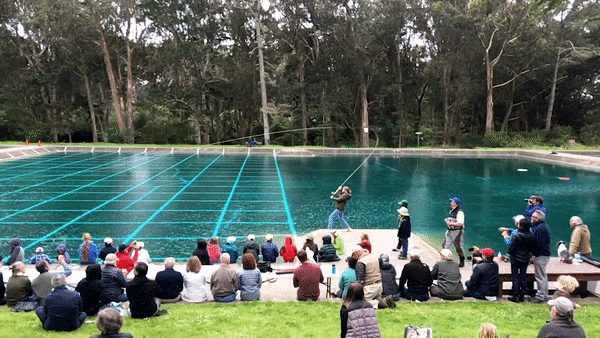
Fly tying is another engrossing sub-hobby to fly fishing.
One of the great fly fishing books is The Feather Thief, which is all about the sort of Victorian obsession with exotic birds their feathers, young fly tyer broke into a famous museum near London and stole thousands and thousands of dollars worth of exotic bird skins to furnish the exotic salmon fly tying trade.
And in fact, where I used to go fish on the Salmon River in upstate New York for steelhead and salmon, there's a shop up there that's got a sort of hidden tag on the glass compartment there that says if you need any of these special feathers, please get in touch. It's a list of a few of the exotic feathers people use to tie flies. There are fly tying competitions. Some fetch hundreds and even thousands of dollars, and are used primarily as art objects.
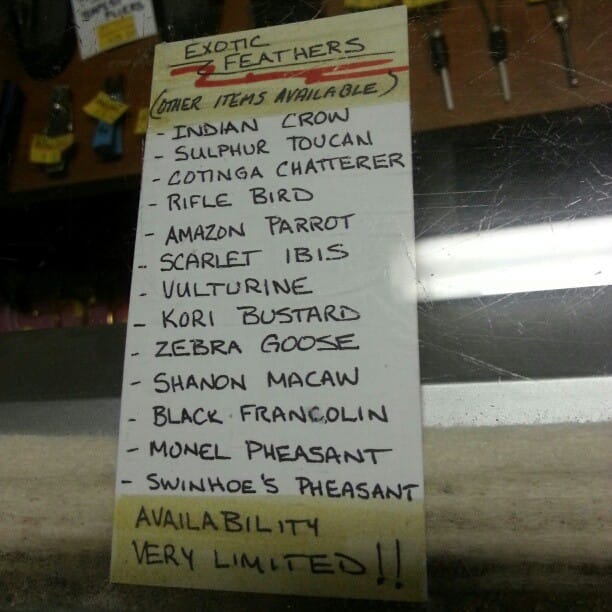
My wife jokes that it's like a Hobby Lobby whenever the tying material comes out: it's all tinsel and feathers and thread and crafty stuff. So you can get very deep in that.
You do not save money by tying your own flies. That's a huge beginner mistake that I've got to have. "Ah, I'll just save some money tying my own." No, you just buy more stuff that you don't actually use.
My path to fly-tying was not one of perfectionism or aesthetics. My manual dexterity is, shall we say, challenged. I am not very precise. But nymphs, where there's no fiddling with upright wings and fancy hackle, and basic steelhead flies, those I can do. And, I mostly do them out of necessity and cheapness.
All angles of tackle are sub-hobbies. You can get very deep in rod making. My sister's boyfriend makes fly rods. You can buy the blank rods, and you can put your own guides and cork and all the different pieces to them to your specification. So some people make their own fly rods. Handmade nets.
Boats and watercraft
Boats are another sort of sub-hobby. A lot of people get involved with watercraft. Some make their own drift boats.
I inherited a homemade wooden drift boat two years ago. (Side note: There's no such thing as a free boat. I have spent many more hours sanding and painting that boat than I have fishing from it, so far.)
Rafts, kayaks, canoes, stand-up paddleboards, float tubes, Watermasters. Row your boat.
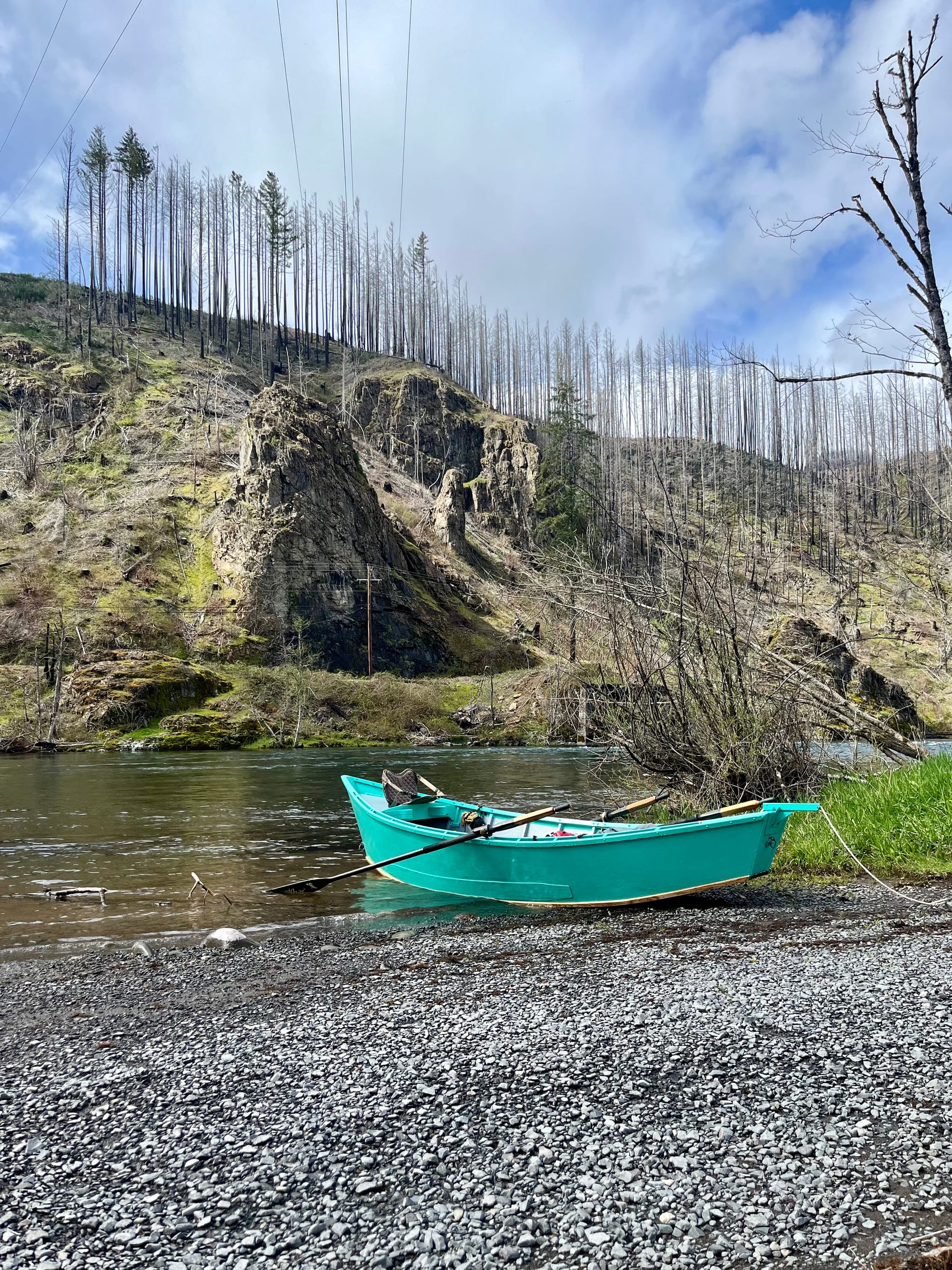
Arts and crafts
There's that whole arts and crafts angle. People make their own nets. People paint fish. People go out and fish and do watercolors. One artist, Dwight Hwang, practices the Japanese art of gyotaku, essentially fish-printing, with ink and large pieces of paper.
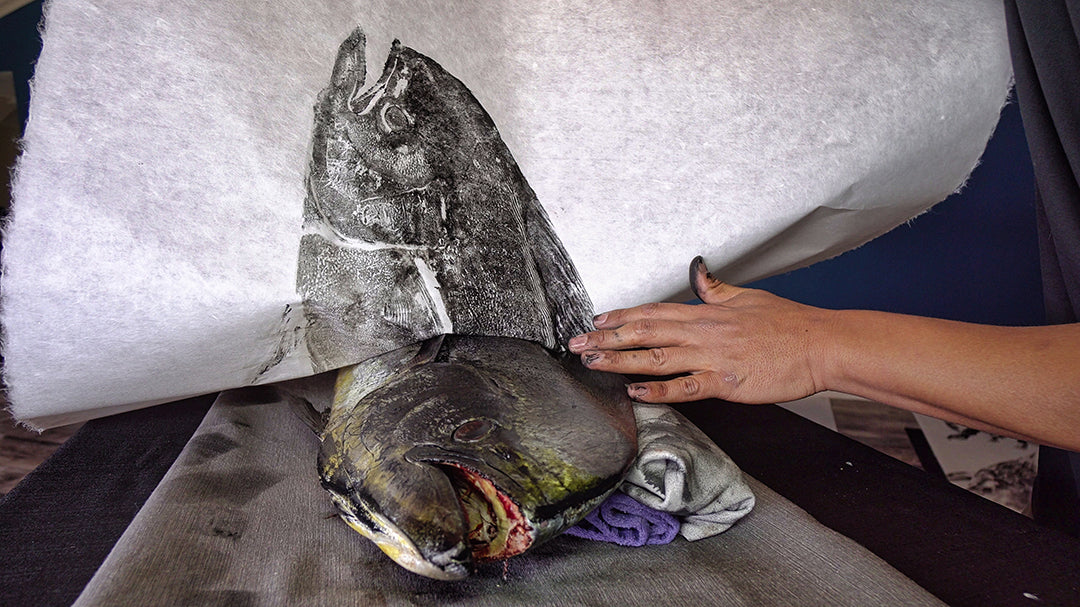
Just observing
And even just observing matters. River snorkeling is one of my favorite observational pursuits. There's a whole subculture of people. There's a really great Instagram account called River Snorkeling, documenting underwater footage.
Folks don wetsuits, masks, and snorkels and they go down and they do underwater photography and videography, and they hold their breath and anchor themselves to rocks and watch how the fish eat. Especially with steelhead, they're going to go down and observe steelhead. Steelhead are so elusive and they're so sort of strange and ghostly. They just enjoy kind of observing that ecosystem.
So there's so many different ways you can participate.
And I think as you get deeper into the hobby, you'll find the areas that call to you, the ones you want to explore. It could be something you're already into, or it could be something completely different.
The list goes on and on.
Let's go back to our main idea:
Fly fishing is a passion of relationships.
Take a moment and think about how it might intersect with what you're most passionate about.
What are you already passionate about?
How might fly fishing enhance that?
Where might your journey lead you?
Share in the comments!

Next in this series:




